From refugees to ballroom dancers: How immigrantsâ story became an Oscar contender
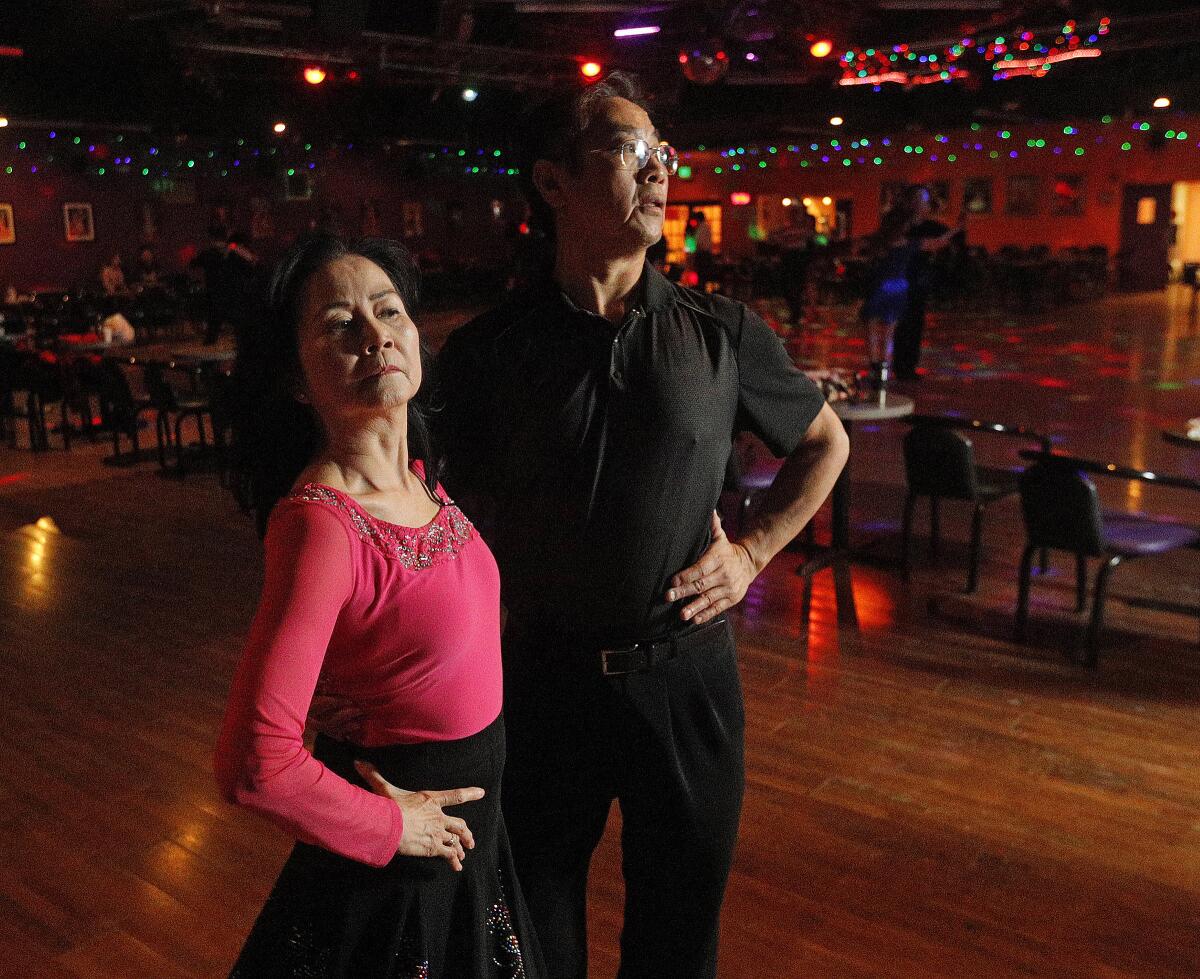
Itâs a bustling weeknight at Lai Lai Ballroom & Studio in Alhambra. The disco lights flicker over couples scattered across the dance floor, and the speakers blast Mandarin-language pop.
Chipaul and Millie Cao, who come at least four nights a week, practice the routine theyâll be performing for their anniversary party. Itâs a jive and cha-cha number set to a medley of Michael Jackson songs.
They are planning a January party to mark three milestones: their 30th wedding anniversary, Millieâs birthday and Chipaulâs 40 years in the United States.
This month they got another reason to celebrate: âWalk Run Cha Cha,â a 20-minute short documentary directed by Laura Nix about the Caosâ real-life refugee love story, made the Oscar shortlist for documentary short.
âWe didnât in a million years think that our film would go this far,â says Chipaul, adding that they thought the doc would simply be âa fun memory for our daughter and us to look at one day when we get older. The whole process has brought us beyond any level of expectation.â
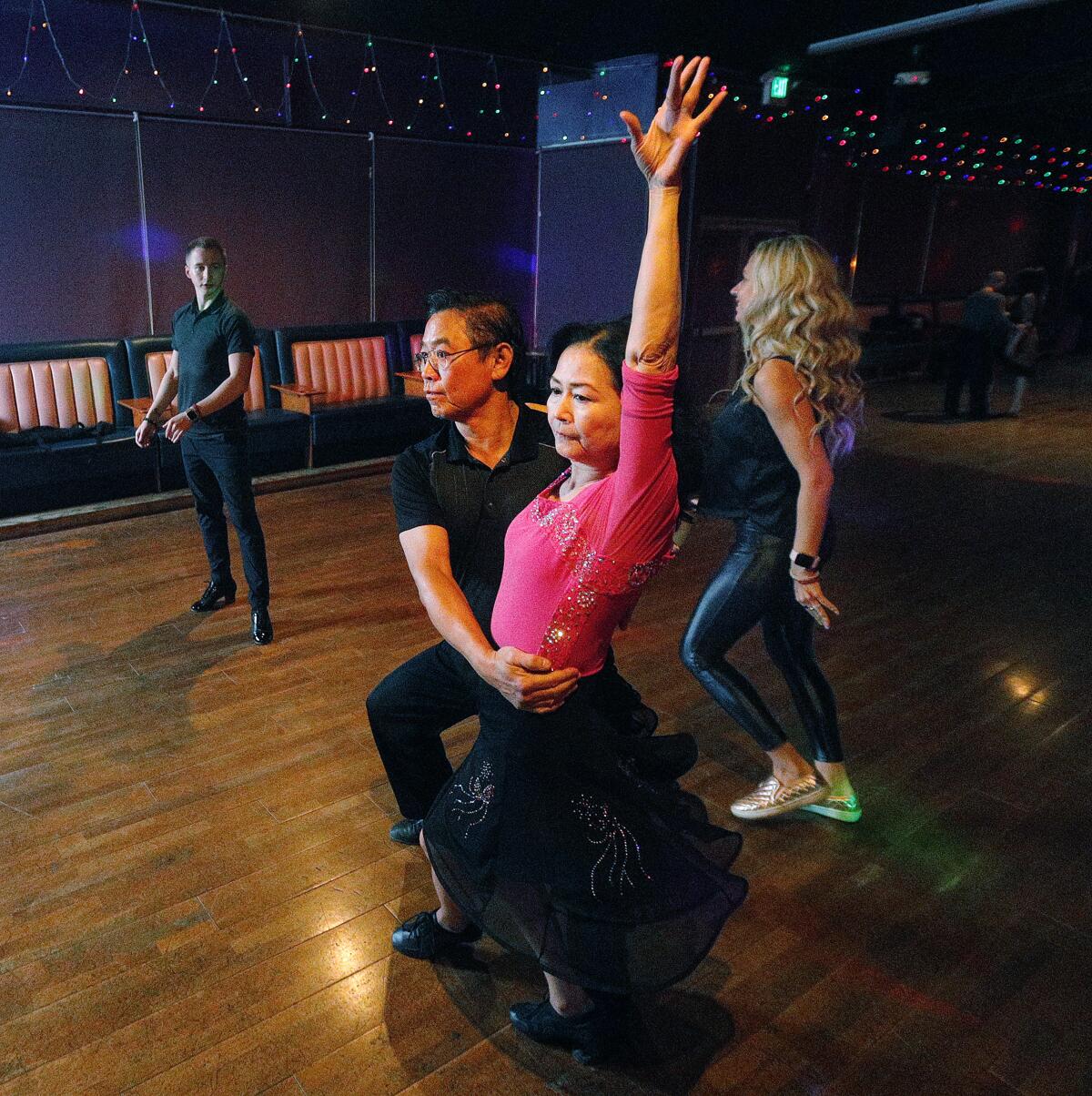
The Caos met the director when she stumbled upon Lai Lai while researching mini-malls in the San Gabriel Valley for another film project. Intrigued, Nix started taking group classes.
The Caos recruited her to take private dance lessons with their longtime Lai Lai teachers, Maksym Kapitanchuk and Elena Krifuks. Nix eventually recruited them as documentary subjects.
Chipaul works as an electrical engineer, Millie as an auditor. They didnât start taking ballroom dancing classes together until about seven years ago, but they have gone on to perform in dance competitions and events all around Southern California.
âIf one day my co-workers ... see me dance, they will be shocked,â Millie says in the film. âThey will never think I can dance the way I dance with my husband. Totally different two people.â
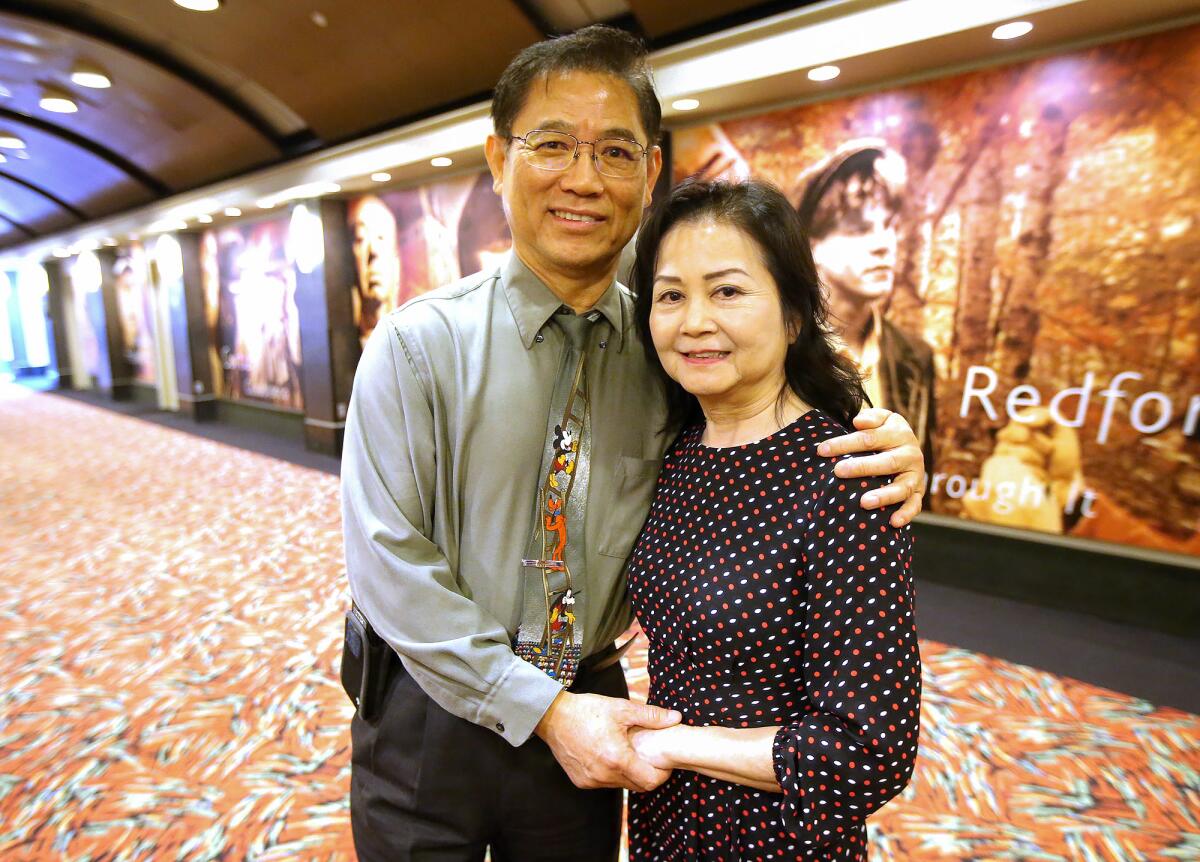
The Caos, who are ethnically Chinese but were born and raised in Vietnam, met as teenagers in the 1970s. During the war, a Vietnamese government âmorals codeâ banned dancing even in private homes. Parties were held anyway, and Millie still remembers a shy Chipaul reaching his hand out and asking, âShall we dance?â
But only six months after they met, the young lovers were separated. The Viet Cong came to power, and Chipaul knew he and his family had to leave.
Unlike Millie, who lived in Saigon, Chipaulâs family lived in a small town where it was obvious who was Chinese Vietnamese. He went to a Mandarin-language school, his mother was a businesswoman, their community had money and property to be confiscated. They soon became targets.
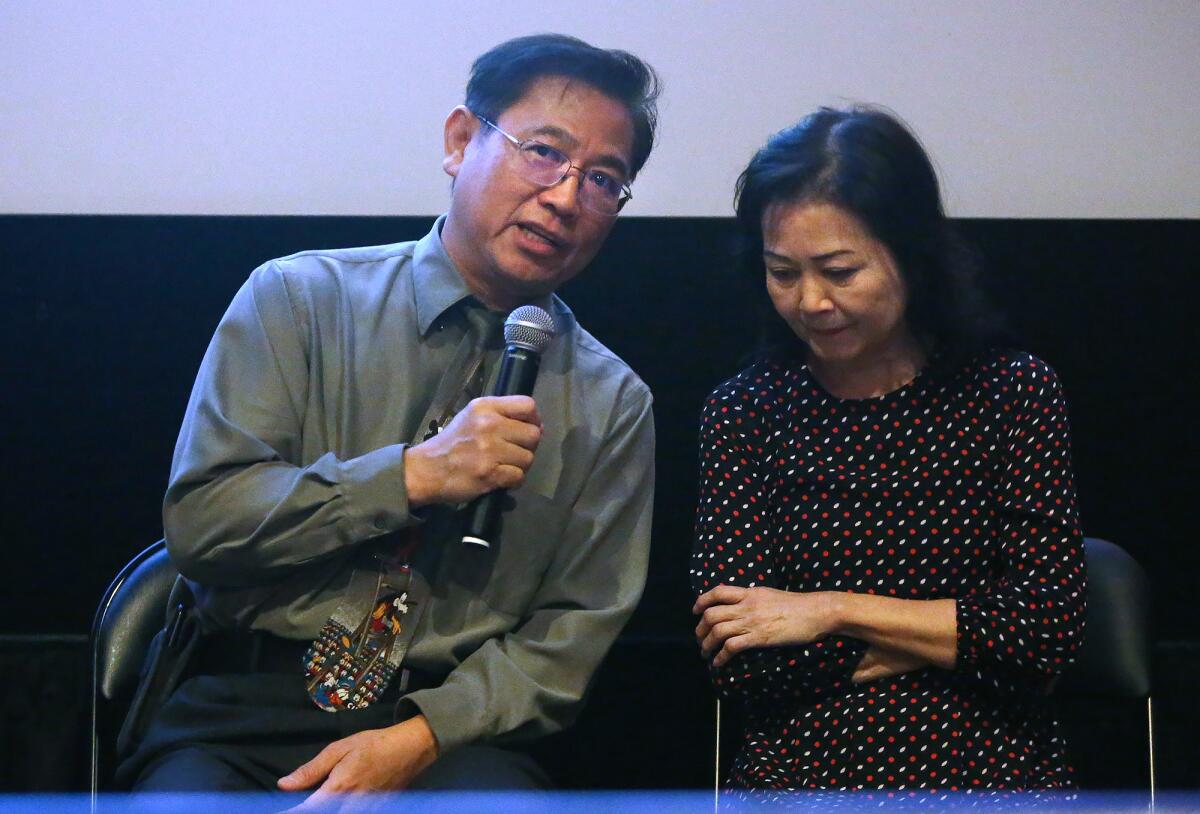
At a Q&A session after the screening of âWalk Run Cha Chaâ at the Viet Film Festival in Orange in October, an audience member asked the Caos: If youâre Vietnamese, why do you speak only Chinese in your movie?
âHis face changed as soon as I spoke to him in Vietnamese,â says Chipaul. âYouâre telling me Iâm not Vietnamese, but Iâm speaking to you in Vietnamese, just like you. But if you can sense [the skepticism] in the theater, imagine what it was like in Vietnam back then.â
The Vietnamese used to call the Chinese a term that translates to âpeople from the boat,â Chipaul says, because of how people from China who immigrated to Vietnam, like his grandfather, arrived in the country.
He laughs. âNow weâre the boat people again.â
Chipaul, 20 at the time, and his family took an early boat out of Vietnam and stayed at a Taiwanese refugee camp before coming to America.
It took six years for him to figure out how to get Millie here. The process involved sponsoring her on behalf of her long-estranged father, who was living in the U.S.
âI came by plane, after two unsuccessful attempts by boat,â she says. âThat is something like God arranged, because if I escaped like the boat people, I probably cannot survive.â
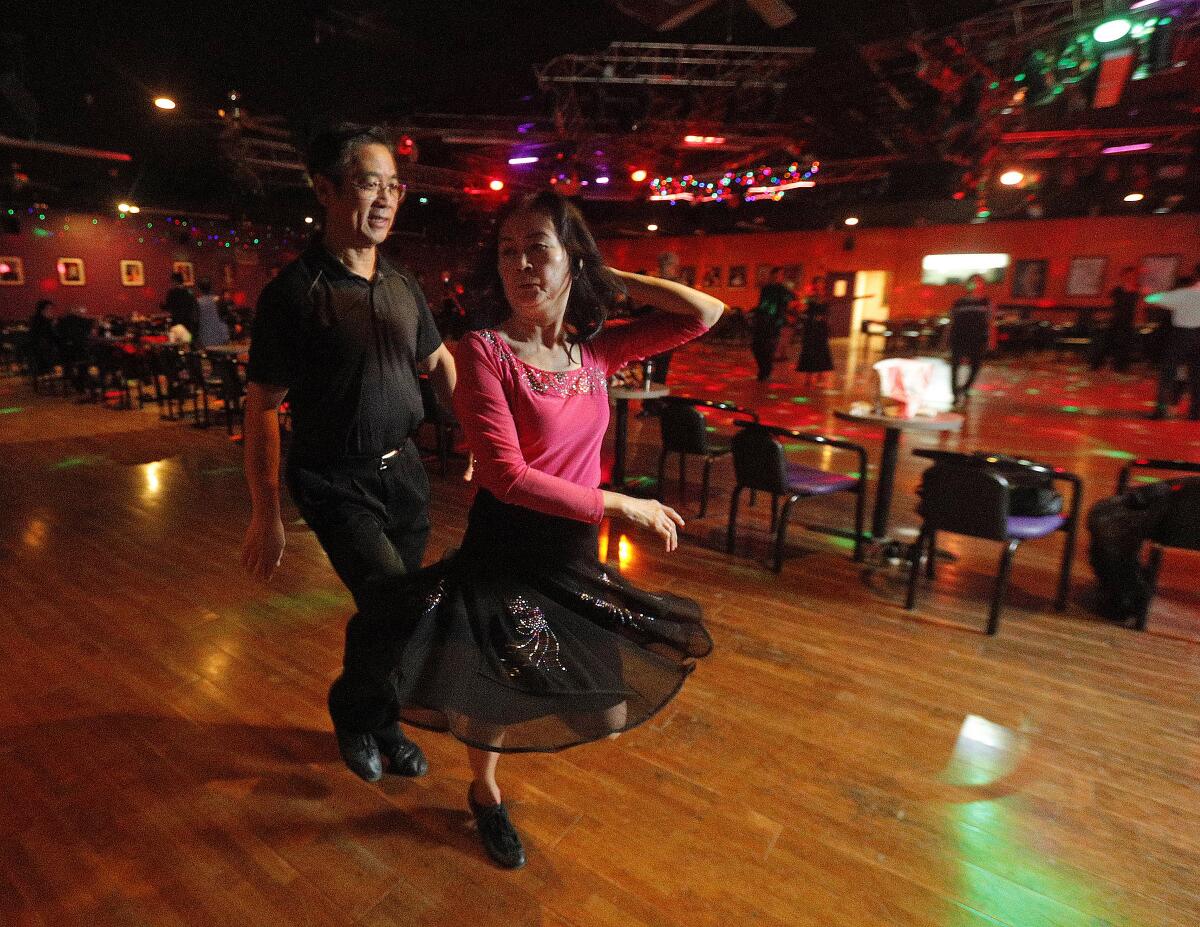
Nixâs short documentary tells the Caoâs love story as a series of new beginnings â how they had to restart their relationship after Millie came to the U.S. and how theyâre now just learning to enjoy their lives and reconnect through dance after decades of being in survival mode. âToday I can use my body to reach another level of freedom,â Chipaul says in the film.
Nix is working on a longer feature about the Caos, as sheâs been filming them for more than five years.
She describes a moment before a performance, as Chipaul nervously takes off his Patagonia jacket to reveal a sequined costume.
âThe crowd went, âWow!ââ Nix says. âAnd then they dance, and the place went crazy. People were crying. They gave them a standing ovation.â
âPeople were crying?â Millie asks. âJust to see him take off his jacket?â
Chipaul laughs.
âYou get a tiny taste of them in the short film, but theyâre so much funnier in real life,â says Nix.
âWalk Run Cha Chaâ ends with a fantasy dance sequence in which the Caos dance the rhumba to the Carpentersâ âWeâve Only Just Begun.â
â[Millieâs] always thought of this song as her and Paulâs song,â says Nix.
Carpenters songs are notoriously hard to license, but songwriter Paul Williams gave permission for Nix to create a cover version for the film after watching a rough cut.
The full-length feature will have more of the Caosâ backstory as well as more fantasy sequences that express what they are feeling emotionally through dance. Because, to Nix, âWalk Run Cha Chaâ is more than a love story. Itâs about the importance of remembering and celebrating the history of immigrants in the U.S.
âYou have Eastern Europeans teaching Latin dance to people in the Chinese diaspora from Vietnam,â says Nix, who is French Canadian and English. âTo me, thatâs the best version of America.â
Chipaul points to a Chinese proverb, yin shui si yuan, which translates to âwhen you drink water, think of its source.â
âAmerica has given us hope and freedom, opportunities and education,â Chipaul says. âWe are grateful to this dream land and its people who have helped and mentored us along the way.â
More to Read
The biggest entertainment stories
Get our big stories about Hollywood, film, television, music, arts, culture and more right in your inbox as soon as they publish.
You may occasionally receive promotional content from the Los Angeles Times.











